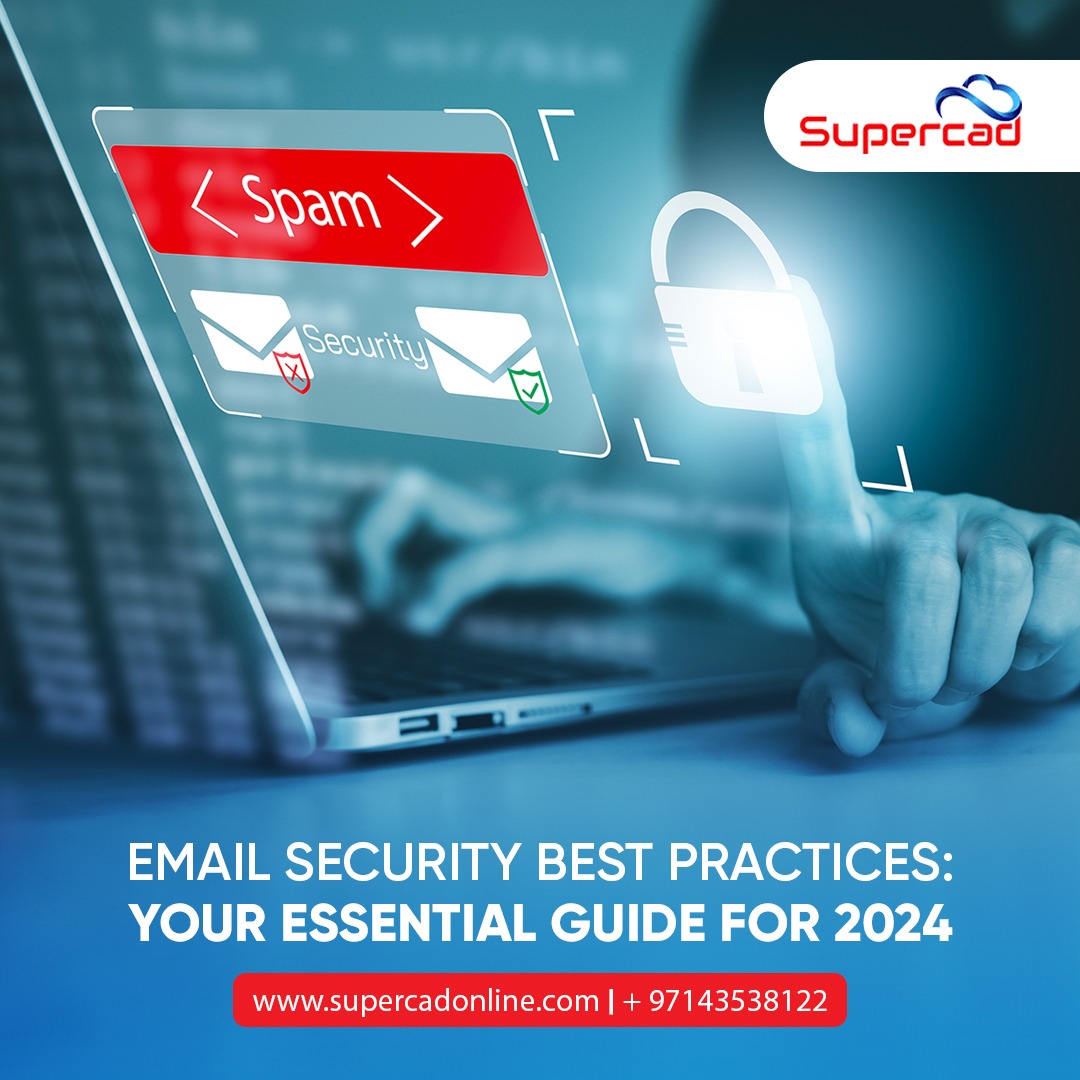Email Security Best Practices: Your Essential Guide for 2024
Nowadays, with so many cyber threats, it is crucial to protect your email correspondence. To safeguard confidential data and preserve the integrity of your correspondence, you must have strong email security procedures because hackers are coming up with ever more technical ways to breach systems. To strengthen your defenses against emerging attacks in 2024, email security services recommend these essential measures.
- Implement Multi-Factor Authentication (MFA)
Users who utilize multi-factor authentication must submit several kinds of verification before they can access their email accounts, which adds an additional degree of protection. One-time codes transmitted to a mobile device, biometrics, and passwords are usually used in combination for this. Even in the unlikely event that login credentials are compromised, you can greatly lower the danger of unwanted access by putting MFA into place.
2. Encrypt Sensitive Data
Encrypting private information in emails makes sure that unauthorized people cannot read the content, even if it is intercepted. To safeguard sensitive data, such as financial information or personally identifiable information (PII), use encryption technologies like Transport Layer Security (TLS) or Pretty Good Privacy (PGP).
3. Train Employees on Phishing Awareness
Phishing attacks are still a common danger because cyber criminals can fool users into clicking on malicious links or disclosing personal information by employing deceptive tactics. Organize frequent training sessions to teach staff members how to spot phishing efforts, spot warning signs, and use caution when responding to emails from unidentified or dubious sources.
4. Enable Spam Filters
Unwanted or harmful emails can be easily identified and redirected from users’ inboxes with the help of spam filters. You may lower the chance that users will unintentionally fall for malware-filled attachments or phishing scams by configuring powerful spam filters to automatically identify and quarantine questionable emails.
5. Regularly Update Security Software
Update email security systems and software with the most recent patches and upgrades to reduce vulnerabilities and counter new threats. Make sure that firewalls, antivirus software, and other security solutions are regularly reviewed and updated to guarantee their continued efficacy in defending against emerging cyber threats.
6. Enforce Strong Password Policies
Hackers often use weak passwords as a point of entry. Establish strict password regulations requiring employees to create and maintain new, complicated passwords on a frequent basis. To reduce the possibility of credential reuse and enable safe password creation and storage, think about implementing password management software.
7. Conduct Security Audits
With the assistance of seasoned cyber security services in Dubai, evaluate your email security infrastructure on a regular basis through thorough security audits and penetration testing. Determine weak points in security procedures, places in need of development, or vulnerabilities, and take proactive steps to fix them right away. Taking a proactive stance while conducting security audits can improve your email security posture and reduce risks.
Email communications must be protected against cyber threats using a proactive, multi-layered strategy. You can protect sensitive data, increase the resilience of your email infrastructure, and lower the likelihood of expensive security breaches by putting these email security measures into practice.

